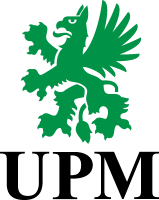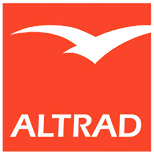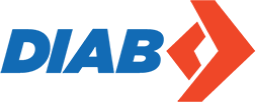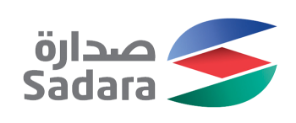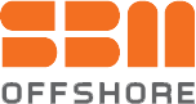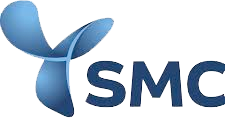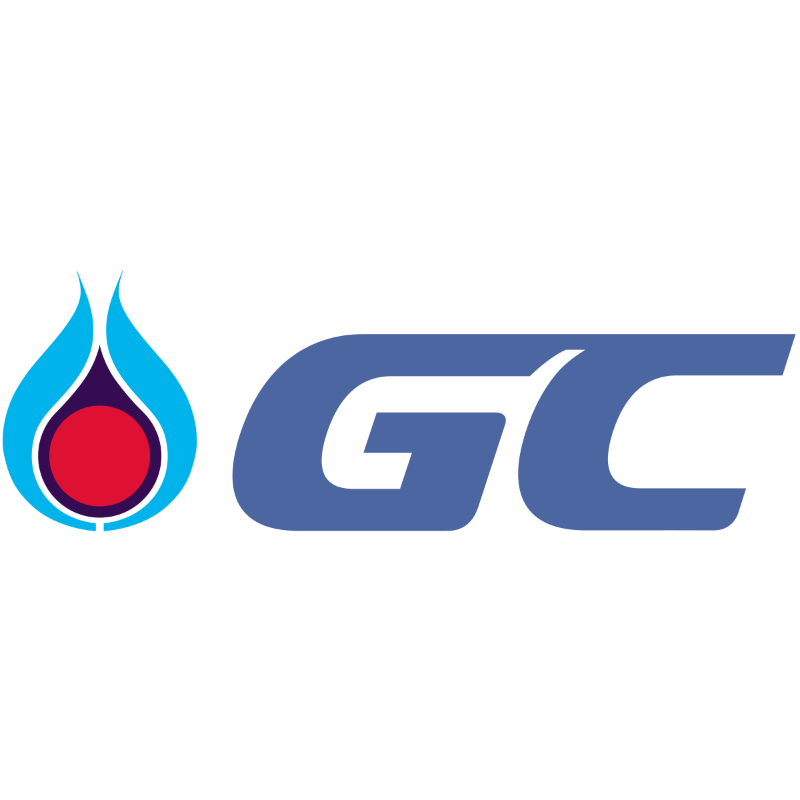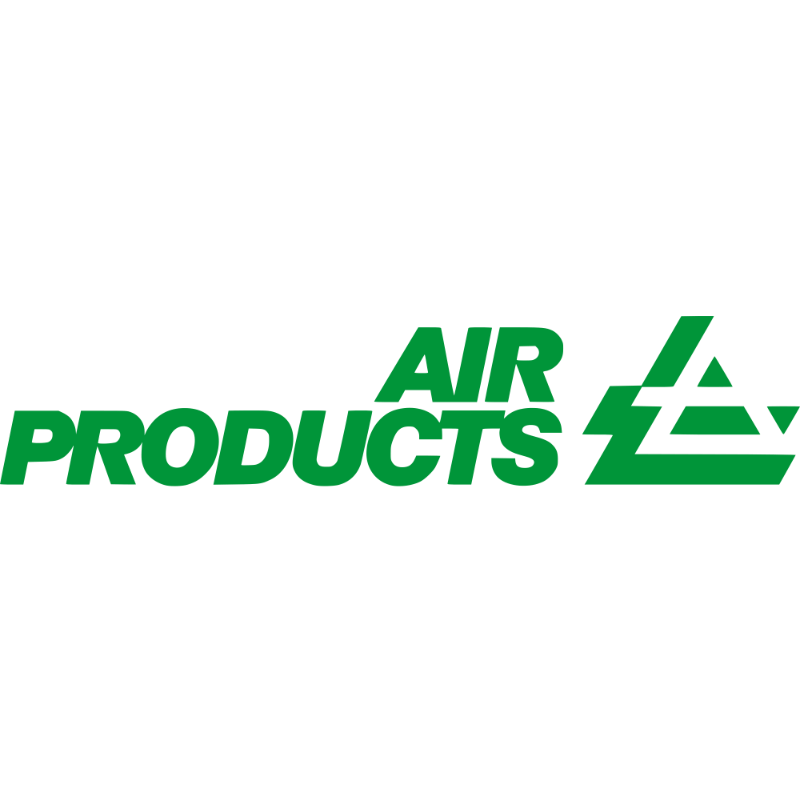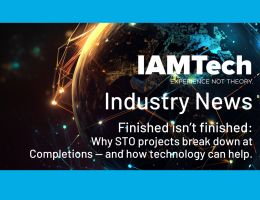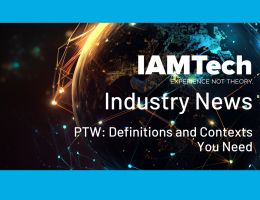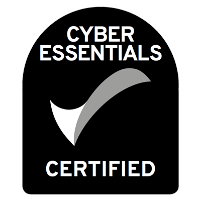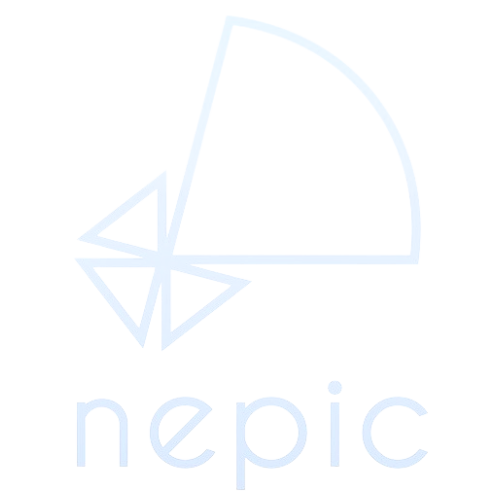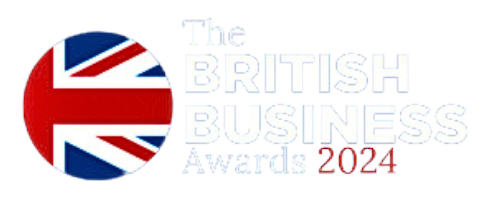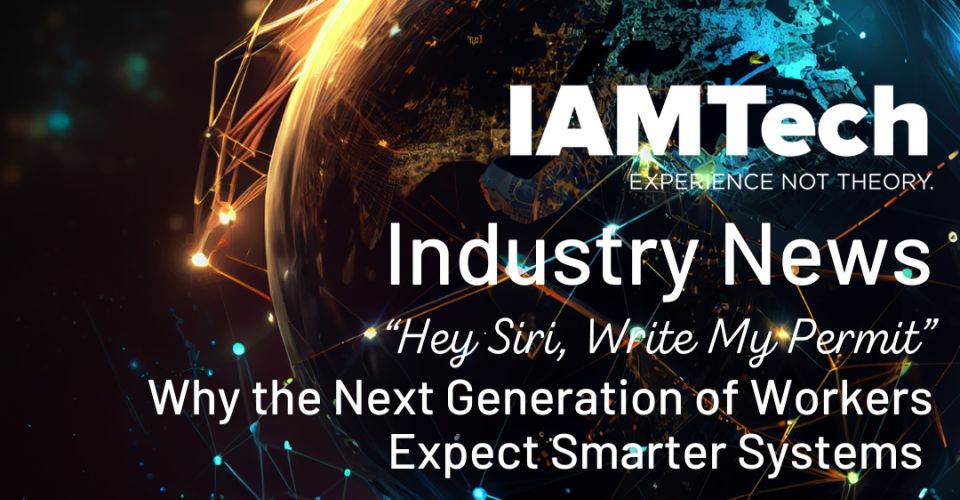
Last weekend, as I sat watching my 8-year-old daughter switch between apps on her iPad and queue up a playlist on Spotify: no manual, no hesitation, just instinct, I had a moment of clarity.
The next generation doesn’t learn how to use technology. They expect it to work — instantly, intuitively, and without friction.
As more digital natives enter our industrial sites, this mindset is meeting legacy systems designed for users from a past era, and permit-to-work processes are amongst those visibly out of step.
Industrial operations are undergoing a quiet but powerful transformation. As experienced personnel slowly retire, a new wave of workers is gradually stepping into industry, bringing expectations shaped by their consumer-based, seamless user experiences, real-time access to information, and systems that work as naturally as the devices in their hands.
And yet, many organisations are not only using poorly designed software for Permit-to-work, most industrial sites are still relying on paper-based permit systems. These tools did serve their purpose, or they would not still be in use 80+ years since their conception by the US Navy in WWII, but today, they risk undermining adoption by a digital generation, undermining the goal of compliance, and ultimately, safety.
My daughter thinks I’m a dinosaur because I keep a shelf of CDs and boxes of Vinyl. If legacy tech makes me look outdated at home, imagine what it signals to new professionals encountering the same thing at work and how it could affect their perception of your organisation.
So, it’s time to ask: Are your systems ready for the next generation of process operators and maintenance techs?
Let’s explore what today’s industrial workforce expects — and how permit management must evolve to meet them.
1. They’re Not Reading the Manual. Ever.
Remember those printed A4 folders full of safety protocols? Neither do your junior hires.
Younger professionals entering industrial environments have grown up using well-designed, highly responsive digital tools:
- YouTube tutorials instead of user guides
- Swipeable apps instead of drop-down menus
- Voice search instead of PDF indexes
From banking systems to booking their holidays with friends, they are accustomed to platforms that require no formal training to use.
In contrast, many legacy EHS and permit systems feel dated, unintuitive, and slow to provide information necessary to enable safe activity.
So, if your permit-to-work system expects users to read volumes of training materials before using the software, you’ve already lost their attention (and possibly, their compliance).
The expectation is simple: The digital generation of industrial workers will expect intuitive systems. Low to no training.
2. Mobile accessibility is no longer a nice-to-have — it’s essential.
Today’s emerging industrial professionals live in a world of:
- Apple Pay
- WhatsApp groups
- QR code to find out more
Tomorrow’s digital field teams will expect to access and update permits in real time, from wherever they are on site. They won’t want to “log in from the office desktop” or even worse use a pen.
ePTW providers are making moves here, but the real winners will be those who offer:
- Offline functionality for permit stages that are safe to be performed when offline
- App-first design, with inbuilt AI agent(s)
- Simple user interfaces with just the essentials
Whether it's to enable a technician to request a permit from a mobile device or a supervisor to approve it remotely, mobile functionality is an important requirement for all digital ePTW systems.
3. They’ll Share Feedback... Instantly.
This generation reviews their Uber driver before the car even pulls away. They rate their coffee, flag poor delivery times, and tweet when the garage overcharges them. They're used to systems that listen and respond.
The next generation of workers is no different. They expect to provide input on the tools they use and to see improvements happen fast. Real-time feedback loops, embedded analytics, and usage tracking are no longer luxury features; they’re the standard. Static platforms that haven’t evolved in years aren’t just outdated — they’re seen as unresponsive, and worse, not worth using.
Permit systems that allow users to flag issues, suggest improvements, and receive real-time updates tailored to their role will always see higher engagement. The ability for admins to make live updates — without a helpdesk ticket or three-week delay — is now a baseline expectation.
And just like my CD collection, if your software hasn’t changed since the 00’s…or even in the last 3 years, it’s now a museum piece.
4. Recruitment and Retention Are Tied to Technology.
Modern candidates, particularly younger, skilled professionals, assess potential employers not just on salary or benefits, but on the tools and systems they’ll be expected to use. Millennial and Gen Z engineers want to feel like they’re working in the future, not stepping back in time.
A company investing in intuitive, digital-first permit systems sends a clear message: we value safety, efficiency, and the people doing the work.
On the other hand, outdated, manual-heavy processes can deter talent, contribute to early frustration, and make onboarding more difficult for site owners.
The next generation of workers is more mobile, more analytical, and more vocal. The systems they interact with must reflect that, or risk falling behind.
If your work process starts with “grab the green binder,” you’re not just frustrating them — you’re losing them.
Final Thought: My Daughter expects better…so I’m going to deliver it.
You wouldn’t send your team into a confined space without the right gear. Why send them into high-risk jobs without the right digital tools?
This is not just a technology conversation. It’s about safety, operational resilience, increased productivity, and future-readiness.
The way permit systems are designed and deployed today will directly impact how well the next generation of workers engages with them tomorrow.
User-centred software design. Mobile access. Real-time auditing and feedback. These are no longer cutting-edge, they’re the new standard - & my standard for our ePTW software, iPermit 2.0 - the next generation.
One day, my daughter will join the workforce — maybe in tech, maybe in engineering, maybe somewhere we haven't imagined yet. But wherever she ends up, I know she’ll expect the tools around her to work with the same simplicity and intelligence she experiences today.
The question for us, then, isn’t just how to modernise permit systems, it’s how to build workplaces ready for her and her classmates, not to try to retrofit them to our past.
Because the future isn't waiting. It's already asking, "Hey Siri, where's my permit?"
……………………………..
If you're considering an electronic Permit to Work (ePTW) system, talk to IAMTech about iPermit 2.0 — and partner with a forward-thinking organisation that values safety, usability, and continuous improvement — because preparing for the future starts with the systems you choose today.



